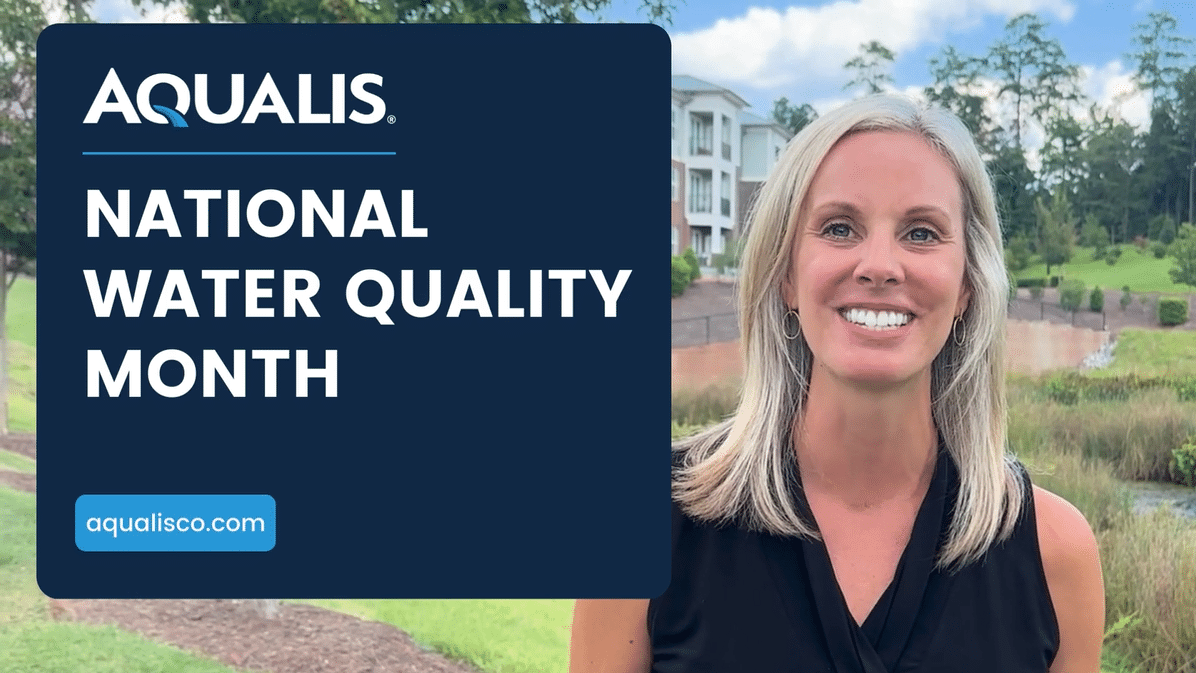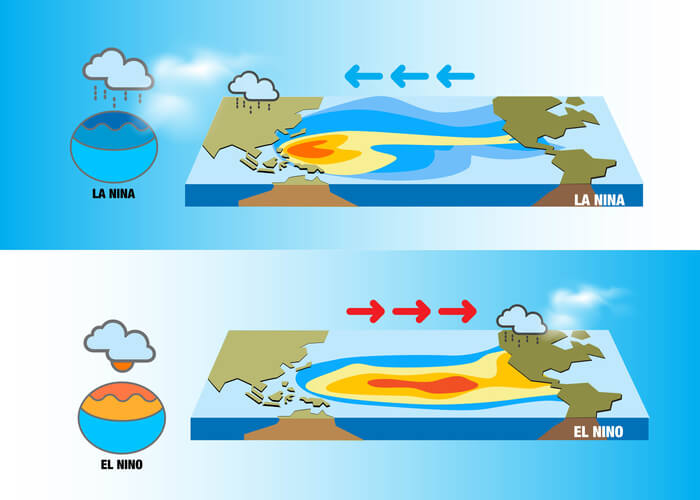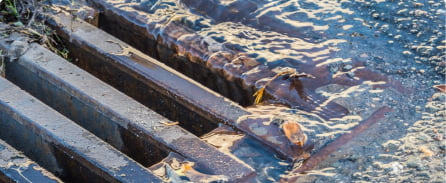Green Stormwater Infrastructure
What is Green Stormwater Infrastructure (GSI)?
Green stormwater infrastructure (GSI) is a stormwater management practice centering around peak flow, pollution, and volume control by mimicking natural hydrologic processes. Engineered to include porous materials, permeable surfaces or water collection and reuse systems, GSI works in tandem with traditional “grey” infrastructure to mitigate stormwater damages. This nature-based stormwater management strategy can be achieved using vegetation, porous soils and substrates, permeable pavements and temporary storage tanks.
AQUALIS’ teams of stormwater professionals have years of experience offering comprehensive services to a variety of green infrastructures. Our localized teams are aware of the climate, geological and regulatory restrictions to optimize your GSI and meet your stormwater management needs.
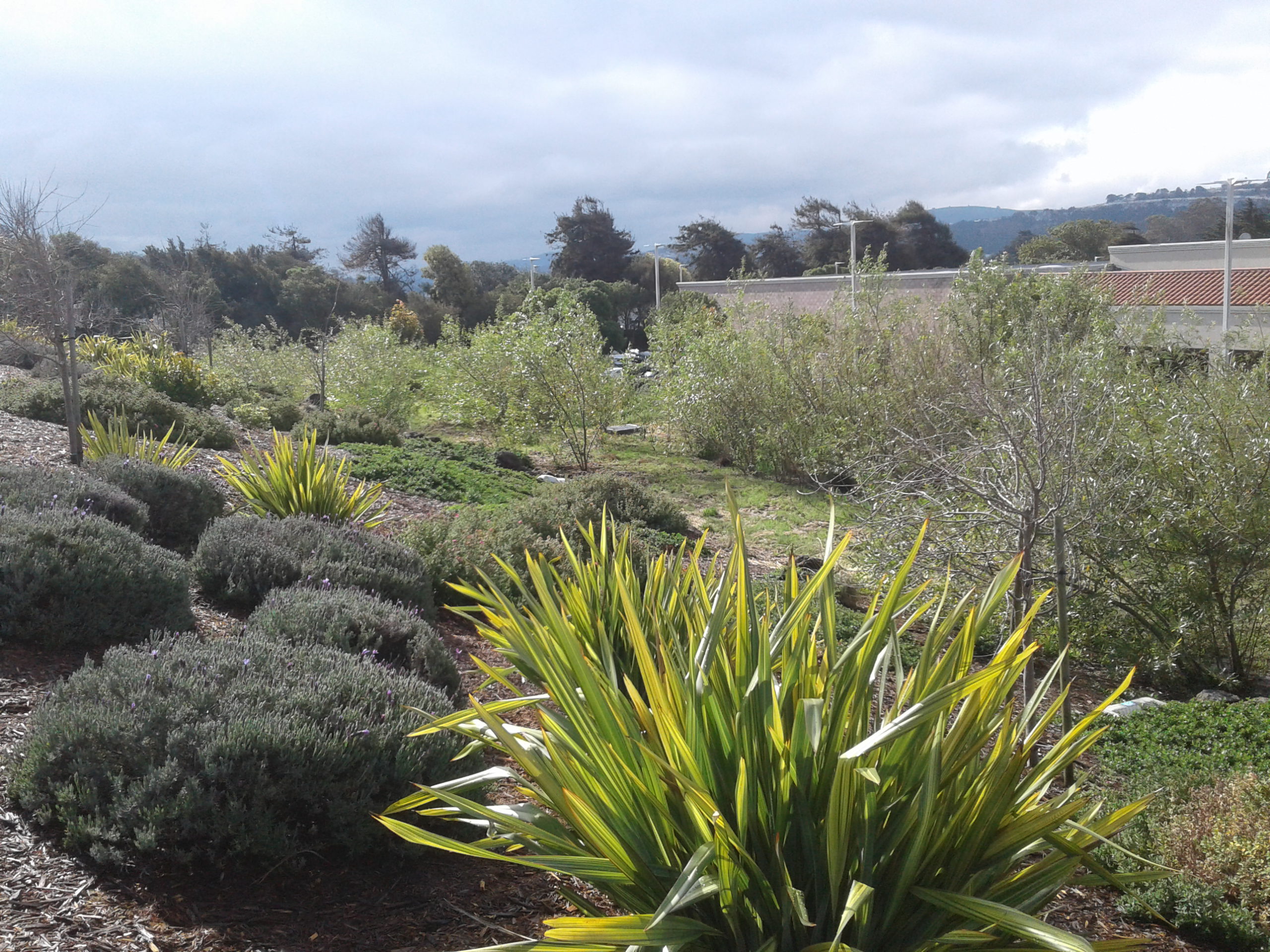
Green Stormwater Infrastructure Management
AQUALIS can install, retrofit and maintain a variety of GSI, including:
- Constructed Wetlands: Constructed Surface Stormwater Wetlands are a modified version of traditional ponds that can support beautiful and dense wetland vegetation.
- Bioswales: Channels or trenches usually filled with vegetation and mulch work to collect, slow, and infiltrate stormwater runoff.
- Bioretention/Biofiltration Solutions: Grass, sand, and organic matter are often utilized to filter and slow stormwater in these treatment areas, drying out between storms.
- Riparian Habitat: An area between land and a river or stream, with vegetation used to stabilize banks, slow stormwater and limit erosion.
- Porous/Permeable Pavement: Ideal for parking lots, permeable pavement allows water that would otherwise pool on the impermeable pavement to infiltrate into the soil below or storage areas beneath the porous pavement.
- Sand Filters: Sand acts as a natural buffer and filter to slow the movement of water allowing it to absorb into the porous material and in the process allow pollutants to settle out of the water.
- Rain Gardens: In effect, a rain garden’s goal is to create a living sponge with porous soil, plants, and roots to absorb collected rain.
- Green Roofs: For sites that lack the area to install other stormwater control measures, green roofs turn an impermeable surface into a permeable one by planting vegetation on rooftops.
Once installed, GSI and nature-based stormwater solutions require regular inspection and maintenance. If left unmaintained, intrusive vegetation can take root within systems, systems can clog and mosquitos may take over. These systems must be overseen by stormwater professionals like AQUALIS, as their needs differ from traditional landscaping services. Improper or lack of maintenance can make these beautiful systems unsightly, limit their function and lead to expensive NOVs and repair requirements.
Why Does Green Stormwater Infrastructure Matter?
In the year 2010, global populations broke the threshold; for the first time, more people were now living in urban areas as opposed to rural ones. By 2050, it is expected this number will surpass two-thirds of the global population. This mass migration into cities has led to an explosion of urban development and with-it impervious surfaces. Cities that have faced substantial population growth are now tackling stormwater runoff control issues caused by aging infrastructure, climate change and impervious surfaces increasing runoff volumes beyond the capacity of current stormwater systems. Green Stormwater Infrastructure has become a popular and effective way to address these stormwater issues.
What are the Benefits of Green Stormwater Infrastructure for Stormwater Management?
Changes to local weather patterns due to climate change have increased storm severity and frequency across the United States. This, paired with aging infrastructure, has left many systems incapable of handling the increase in water volume faced during storms. One of the most common causes of detention failure is due to volume issues. GSI combats this by decreasing water volume through the act of capturing, infiltrating, or absorbing water before it reaches the traditional piped system.
By having AQUALIS proactively installing or retrofitting your stormwater systems with GSIs, the volume capabilities of stormwater systems can expand to better suit the stormwater runoff quantities systems face. Infiltration, the natural process of water-absorbing into porous surfaces, reduces pollutants reaching local watersheds and recharges groundwater. Plants used within GSIs absorb water, act as a physical filter for macro-pollutants and removes micropollutants through assimilation.
Green spaces are becoming a sought-after trait for many businesses and property owners. Many GSI designs increase the natural aesthetic appeal of properties while protecting properties from stormwater damages. Apart from regulatory requirements, further environmental stewardship can be achieved by implementing native plants into pre-existing stormwater basins and other GSI systems.
Root for Nature
AQUALIS’ Root for Nature program can further your stormwater stewardship and use of green infrastructure by implementing non-obstructing pollinator gardens within your stormwater basins. Allowing native, pollinator-friendly plants to grow within your stormwater systems increases beautification, environmental stewardship, and protects the function of your stormwater system. Learn more about AQUALIS’ Root for Nature program here.
Common Green Stormwater Infrastructure Management Solutions:
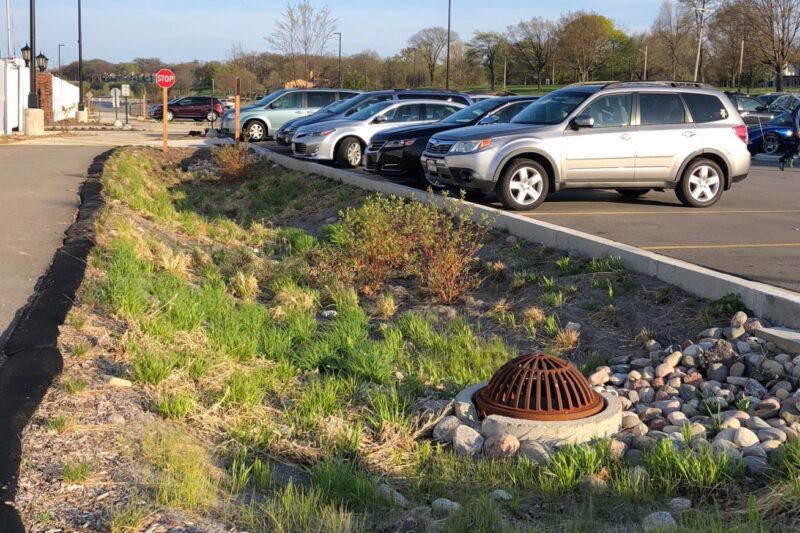
Bioretention Cells
Engineered systems designed to assist in pollutant removal by filtering solids and promoting nutrient uptake through the use of engineered media

Sand Filters
System designed to filter solids, oils, and debris suspended in stormwater through a sand medium
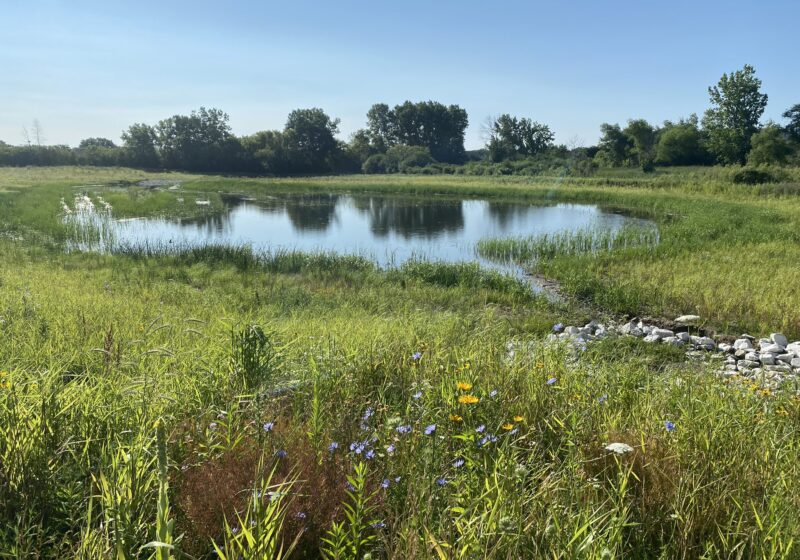
Constructed Wetlands
Vegetated system of beneficial plants designed to retain water, provide extra capacity for rain events, and increase nutrient removal

Wet Detention Basin (Retention Pond)
Vegetated system designed to hold a permanent volume of water at all times with extra capacity for rain events

Dry Detention Basins (Detention Ponds)
Vegetated system designed to hold temporary volumes of water during and following a rain event

Grassed Swales
Vegetated system designed with specific water quality and quantity aspects to channel runoff while promoting infiltration

Infiltration Basins
Vegetated system designed with highly permeable soils that facilitate infiltration and groundwater recharge
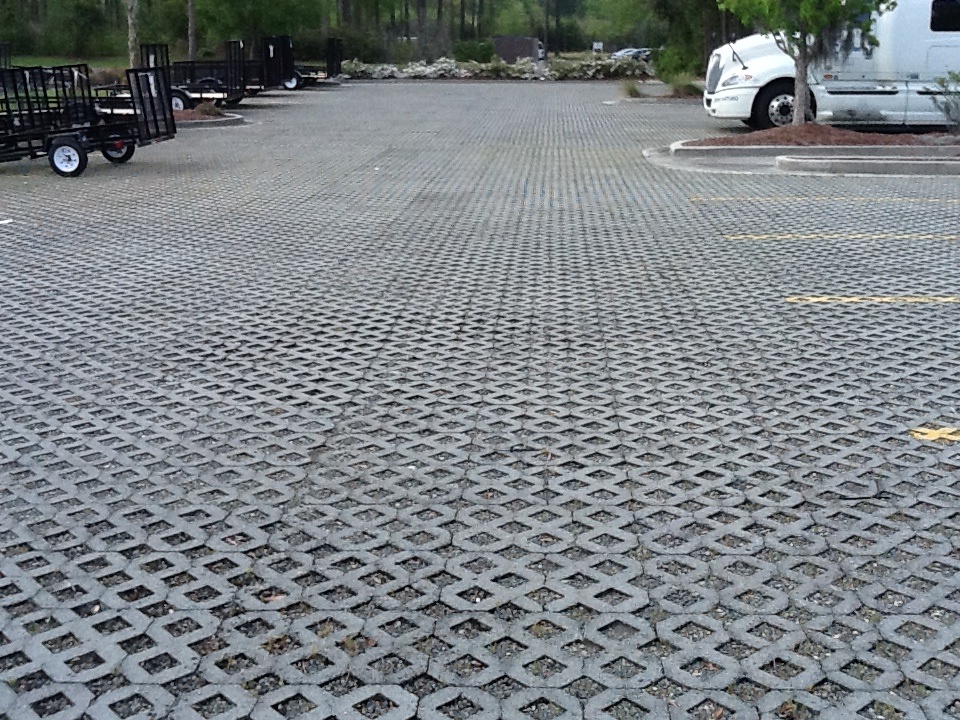
Permeable Pavement
Surface treatment installed in place of asphalt or concrete paving to allow stormwater infiltration and reduce surface runoff
